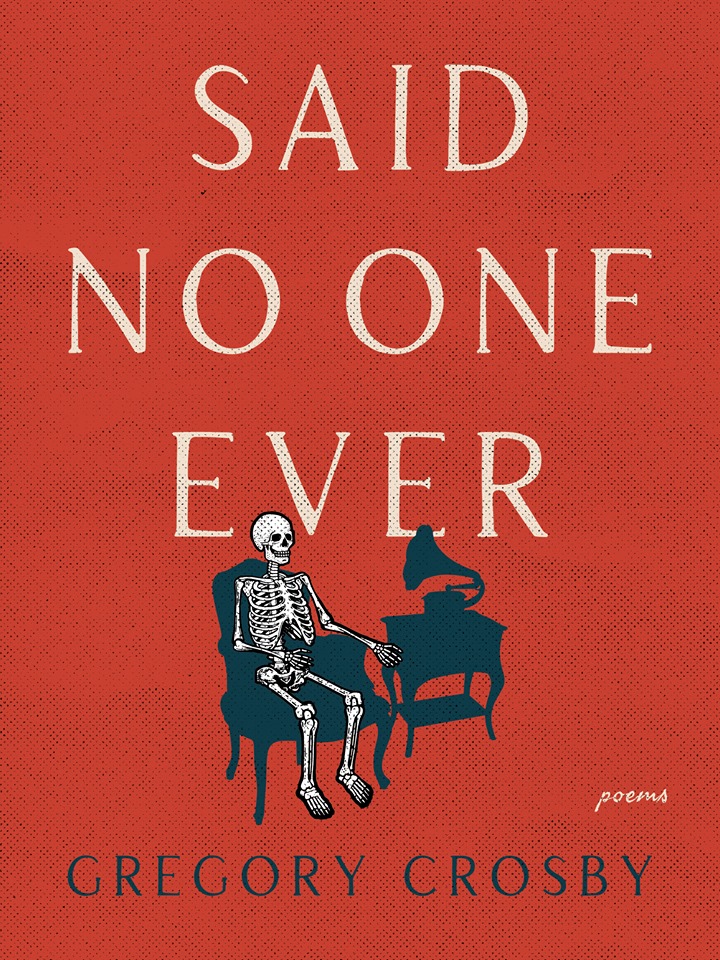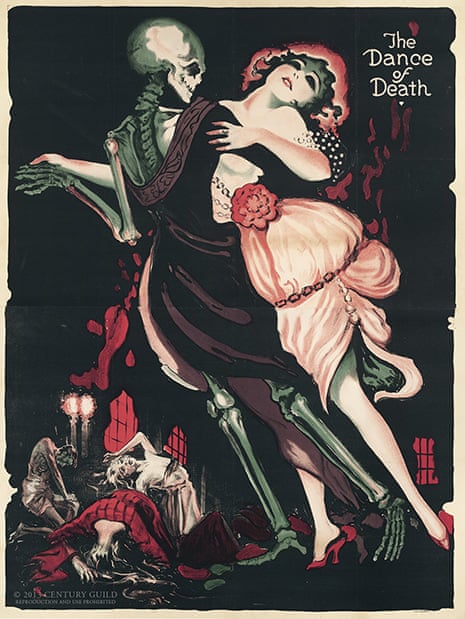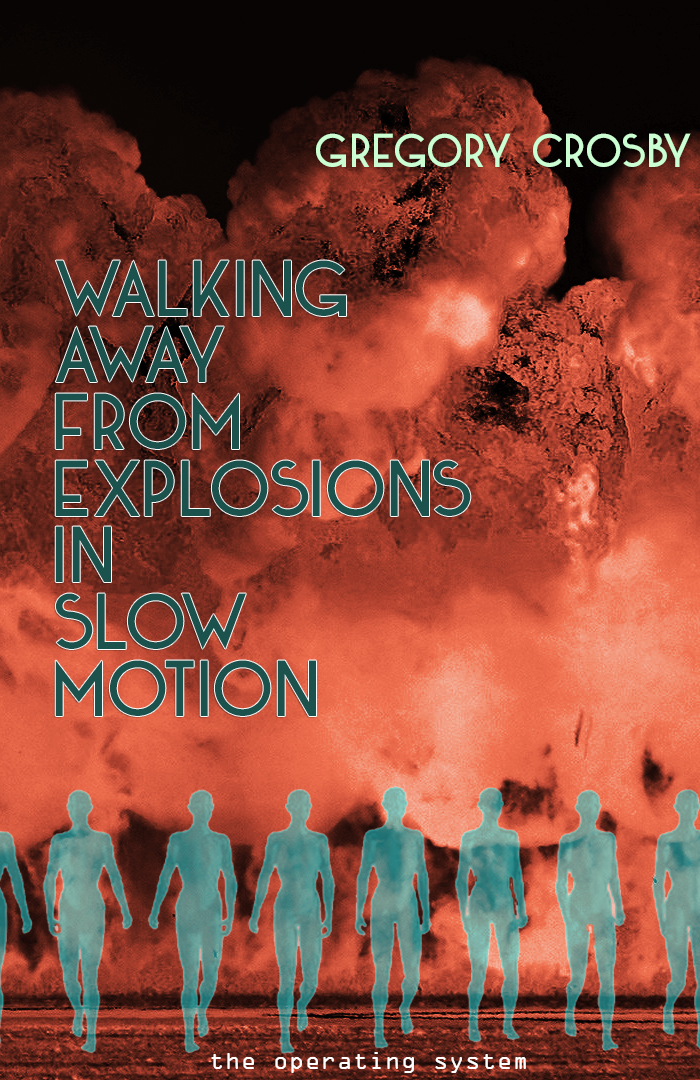Time is a House of Wax
 Sunday, October 15, 2023 at 12:32PM
Sunday, October 15, 2023 at 12:32PM I spend too many hours in thrift stores. Whenever it’s time to kill some time, I find myself browsing the detritus of donations, usually at one the several locations of Housing Works around the city. I occasionally flatter myself that I can stroll without purpose in the manner of a flaneur, but really any walk I take has some thrift store in mind as the destination. It’s the mild thrill of discovery that animates my pleasure, and it scratches the shopping itch; I can justify any purchase by thinking of it as that most deceptive of lures, a “bargain.”
But the reality of these forays is that I often buy nothing, which is just as well. I emphatically do not need any more books (it’s only my awareness of my compulsive bibliomania that keeps it in check); I still own just under a thousand CDs, so even at a dollar a disc I can rarely rationalize buying another one (I picked up the Rykodisc editions of David Bowie’s Station to Station and Lodger, both of which I already own, for no other reason that they were a dollar each and unsealed); the only used vinyl worth thumbing through is classical because the discs are often pristine, and I have an awful lot of classical for someone who dips into that genre only every other month or so. Clothes are impossible: ties are always overpriced (anyone who pays more than ten bucks for a thrift store tie is a fool), and it seems that Big & Tall men never donate their old jackets and coats. As for furniture, even when a piece is affordable, the thought of figuring out how to schlep a secretary from the Chelsea store in Manhattan to the depths of Brooklyn is exhausting.
That leaves ephemera, and it’s often ephemera that does me in, even if whatever I bring home will only gather dust or be tucked away in the exorbitant storage unit three blocks from our apartment. Ephemera, however useless, always justifies itself somehow. Will I ever do anything with the Seventies-era CCNY notebooks I once found, each filled with lovely pencil sketches of horses? No, but it said something to me as I turned its pages, it was only two dollars, and so it now lives in a box of “found art.”
Not long ago I was exiting that Chelsea Housing Works when a framed image by the door caught me eye.
A cloaked figure, moving menacingly on a foggy cobblestoned street, toward a woman in Victorian dress in the distance, turning to run, all in black and white, but fuzzy—as if the fog itself had bled into the image and rendering it into a greyscale of white noise. Further, the poster with this image had suffered some water damage, the surface visibly wrinkled, like ripples in a tide pool, even beneath its glass. Below this read:
HARRISON BURNS
Drawings and Paintings
October 2-October 27, 1979
Brooks Jackson Gallery Iolas
52 East 57th Street, New York City
It was an arresting image because I instantly recognized it, even in its altered state: it was a still from Alex DeToth’s House of Wax (1953), the film that began Vincent Price’s journey to horror icon. I’d seen the film many times, once even in full 3D at Film Forum, but the still itself had a deeper resonance: it formed the endpapers of Denis Gifford’s A Pictorial History of the Horror Film (1973), one of the most treasured and formative books from my childhood. My love of the genre began in some measure here, with countless hours spent gazing at evocative images from movies I wouldn’t see until years later (and some I still haven’t seen). One image, from an otherwise inept B movie, was so strangely disturbing to me I had to quickly turn past that page as I leafed through the book; other images fascinated by juxtaposition, as many of the smaller stills from wide variety of horror films were grouped by Gifford thematically on the pages, leading to odd, almost surreal collages that I can still picture in my mind. But that scene from House of Wax, its perfect composition of encroaching doom and flight, really lingered—when I finally saw the film not long after immersing myself in Gifford’s compendium, I felt a distinct frisson as that scene, now in sickly green technicolor, came to life.
The poster sat there in its gray frame, speaking to me in its little whisper of a Proustian rush. Who was this Harrison Burns (such a great, resonant name for an artist), who had appropriated this image for his art?
I pulled out my phone and discovered that there are any number of Harrison Burns; adding the keyword artist produced a couple of auction images, a brief review from a 1990 issue of Artforum, and an obituary from the July 29, 1991 edition of the New York Times:
“Harrison Burns, a painter and teacher, died on July 14 at his summer home in Almunecar, Spain. He was 51 years old and lived in Manhattan.
Mr. Burns died of a heart attack, said a friend, Michael Walls.
Mr. Burns recently completed his 20th year as an art teacher at the Rutgers Preparatory School in Somerset, N.J., where he had served as chairman of the art department for several years.
His art was based on still photographs that he made from television broadcasts and altered with stencils, collage and paint to give an impression of how one sees in an age of television. A resident of New York City since 1972, he began exhibiting here in 1977 and had his most recent show at the E. M. Donahue Gallery in SoHo in June 1990.”
51. He was survived by his parents and siblings; I was now five years older than he when he died (a calculation I now do in my mind whenever I read about someone’s death). And that was all. The brief description of his method explained the image before me, and the review in Artforum, two paragraphs in a round-up review of recent gallery shows, was positive:
“Harrison Burns has succeeded in breathing fresh life into the tradition-bound genre of flower painting. While it was indeed possible to consider the examples shown here as simple still-life genre paintings, they are more than merely decorative. For all their electrifying colors and sensual good looks, these are intellectually rigorous pictures that bring together visuals and ideas in endlessly fascinating combinations … The paintings that resulted are characterized by a high-keyed opticality that transcends their ostensible subject matter.”
A high-keyed opticality, sure. The outline of the mysterious stalker, Price in disguise, seemed to vibrate a little before me, shimmering in gaslight. I dove a little deeper, not finding much more: the paintings up for auction were earlier works, interesting collages of image and words, highly colorful. I also turned up the fact that Burns had a work in one group survey at MoMA, a show called “Gold” that ran between November 1978 and February 1979. Works by Warhol, Jasper Johns, Roy Lichtenstein, Louise Nevelson and others were in the show as well… Burns must have been thrilled to be in that show. Or maybe not, maybe he was disgruntled for some reason; nothing about Burns as a person, about who he was, his thoughts and ideas, turned up in this brief Google foray. It was obvious he had ideas about mass media and television… But what else? How much digging would one need to do to recover something about an obscure artist who died too young over thirty years ago? Someone somewhere surely remembered Harrison Burns. Some of his works had turned up in a couple of auction houses. He doubtless had friends and perhaps family still around (no mention of a wife; was he gay? 1991. Was “heart attack” code perhaps for the plague?).
The poster leaned against the wall like salvage from a shipwreck, but it was only the shipwreck of time, the one that deposits us all on our little desert islands to stare at distant horizon.
In House of Wax, Vincent Price plays a brilliant sculptor, Henry Jarrod, whose wax museum is full of tasteful historical tableaux; his grasping business partner, Matthew Burke (Frank Loveloy), wants Jarrod to turn it into a collection of gory, sensationalist crime scenes, like more successful wax museums are trading in. Jarrod finds such work distasteful, and offers to buy Burke out in three months’ time, but Burke needs cash now. It’s the old dichotomy, art versus mammon, and when Jarrod rejects Burke’s scheme to burn the museum and collect the insurance, Burke lights the figures anyway. A struggle ensues, and Jarrod is left beaten on the floor of his creation, his beauties melting all around him, while Burke escapes… only to be found dead, hanging inside an elevator shaft sometime later, as that mysterious, disfigured man (but not mysterious to the audience) begins his campaign of revenge.
All the best villains are those who have a true grievance; everyone has his reasons. Any artist ground in the gears of capitalism will have a twinge of sympathy, even schadenfreude, for Henry Jarrod’s reign of aesthetic terror, even though Jarrod, his hands burnt beyond use for the delicate sculpting he once did, will now cover dead women in hot wax to create works of art. Now I know how Joan of Arc felt… Price perfectly conveys, with very little of the overacting that occasionally marred later performances, what it’s like to have your ability to make the things that feed your soul taken away from you… and how that soul is now only fed on bitterness and death.
But most artists won’t find themselves in such melodramatic circumstances. Rather, they find themselves in the mundane realm of failing powers, obscurity, and neglect. Everything tends toward oblivion; Hayden Carruth, in an essay about the poet and novelist Kenneth Fearing, described him as a good minor poet, and further said that’s the best most can hope for—the only other options are “the fluke of greatness” and oblivion. Harrison Burns did not become a Famous Artist; was he happy to have sidestepped it? Was he all about the work itself, his teaching? Was he a mix of regret he didn’t go farther and relief he didn’t get sucked up into the dubious world of reputation, where everyone applauds you as you walk the tightrope and holds their breath, waiting for you to slip? Did he love House of Wax, or horror movies, or was this image simply one that stirred him amidst the tsunami of images that wash over us via screens? Does it matter? I saw a faded poster for a long ago gallery show in a thrift shop, and something stirred.
The poster wasn’t priced. Usually, if something isn’t priced at Housing Works, the employees can’t sell it; it has to wait for the manager to look at it again and price it. Usually, when I stumble upon an unpriced item, I walk away. Usually. But this time I asked an employee about it, and they raised an eyebrow, puzzled. “Huh,” they said. “I priced that just yesterday. I think it’s ten dollars.”
Ten dollars! Sold.
I walked out onto 17th Street, holding it awkwardly under one arm, wondering where I would hang it, or even if I would hang it. But for whatever reason, I couldn’t let that moment and this object—this work of art—melt away into the flow of thrifting. There were too many echoes. An image, framed by the eye of Alex DeToth, shot by Bert Glennon and Peverell Marley, embedded in my brain by Denis Gifford, reshot and reconceived by Harrison Burns, waiting for me in my purposeful drifting through New York City, speaking… something. A mystery, not terribly mysterious, yet still a mystery (House of Wax was a remake of Michael Curtiz’s 1933 The Mystery of the Wax Museum). I’m tempted to call this mystery “Harrison Burns,” of which I still and perhaps always will know so little; I think it’s more than that. I think it’s the mystery of art itself: a private synecdoche in which some part of the world comes to stand in for some aspect of yourself. I think the art that means the most to us is this private kind, and it’s always found when you’re not looking for it. I don’t know what this means to me, except perhaps to say:
Time is a house of wax, and we’re all melting, no matter who sets the fire, or why.


